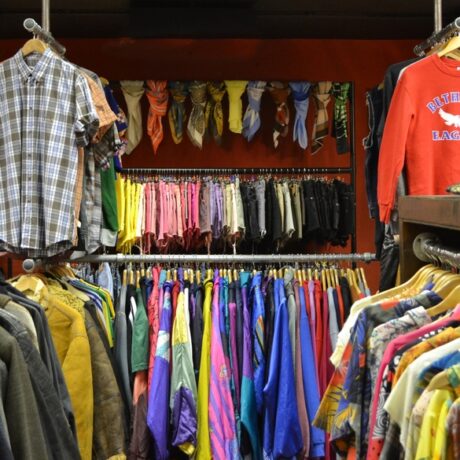Sustainable Growth & Decent Livelihoods in the Fashion Industry
“All have their worth and each contributes to the worth of the others.” ― J.R.R. Tolkien
As a global employer of close to 75 million people, the fashion industry has the potential to offer much to discussions about livelihoods and sustainable growth both locally and internationally. Commercially and creatively it offers both opportunities and challenges to how we think about sustainable growth, employment and business models and what these might look like in the future – in a future where respects planetary boundaries as well as societal ones are respected.
The most exciting things from which fashion as a starting point for these ideas is within the complexity and contradictions are issues that are at the very heart of, not only the sustainability debate, but around what it means to be living now in this peculiar and particular time. Our work questions the status quo: what does sustainable growth look like, do we need growth at all, does growth have to mean more, have to mean consumption? Topical though often controversial and sometimes contradictory ideas sit at the heart of the work at Centre where these ideas are also explored in practical terms.
The Creative Hub business support programme run by Alex McIntosh is one such project. Supporting small and medium fashion brands as they seek to carve out livelihoods in the sector providing themselves and others with decent jobs that can sustain them, there is opportunity to discuss what growth and jobs look like to them. And the starting point being for our research that in through supporting small brands and businesses in creating a sustainable future for themselves both economically and socially, we are supporting the resilience and longevity of not only the fashion industry but the communities in which they belong and the decisions they make influence.
Working in this way, with fashion businesses of varying sizes in terms of turnover and employment, is recognition of the importance that these businesses offer in terms of jobs and employment here in the UK and in other places across the globe, acknowledging the links between people in the various parts of the fashion industry as well as fashion’s link to the world around us; we are all part of the systems that surround us and it is crucial we both recognise that and understand it.
These small brands play an important role in our fashion system and offer creative alternatives and new ways of doing things as both providers of goods and ideas and solutions about ways of doing things.
Through it’s ability to inspire and to create transformation, fashion can amplify change. As Fashion Revolution has shown us, there are many areas of the fashion industry where people are for positive change, for growth that recognizes people and planet and to use fashion create viable livelihoods for all involved.
About the Centre for Sustainable Fashion: Centre for Sustainable Fashion (CSF) is a Research Centre of the University of the Arts London based at London College of Fashion. Its’ work explores vital elements of “Better Lives” London College of Fashion’s commitment to using fashion to drive change, build a sustainable future and improve the way we live. Established in 2008 by Dilys Williams, and actively supported and enabled by Head of College Professor Frances Corner OBE, CSF’s starting point was human and ecological resilience as a lens for design in fashion’s artistic and business practices. CSF was devised to question and challenge reactionary fashion cultures, which reflect and re-enforce patterns of excessive consumption and disconnection, to expand fashion’s ability to connect, delight and identify individual and collective values. The CSF has grown to be a diverse community of world leading researchers, designers, educators and communicators with an extensive network that crosses disciplines, generations, cultures and locations, enabling them to: create internationally acclaimed research, set agendas in government, business, and public arenas and pioneer world relevant curriculum.
Photo credit: Ana Escobar






